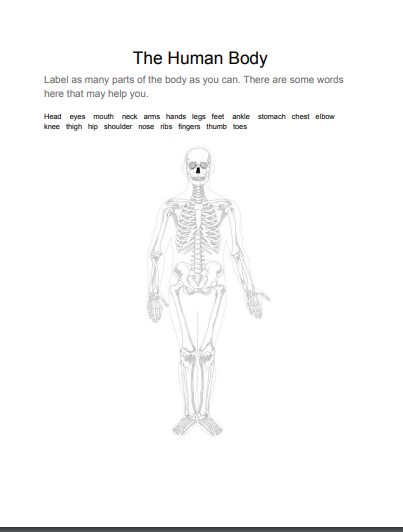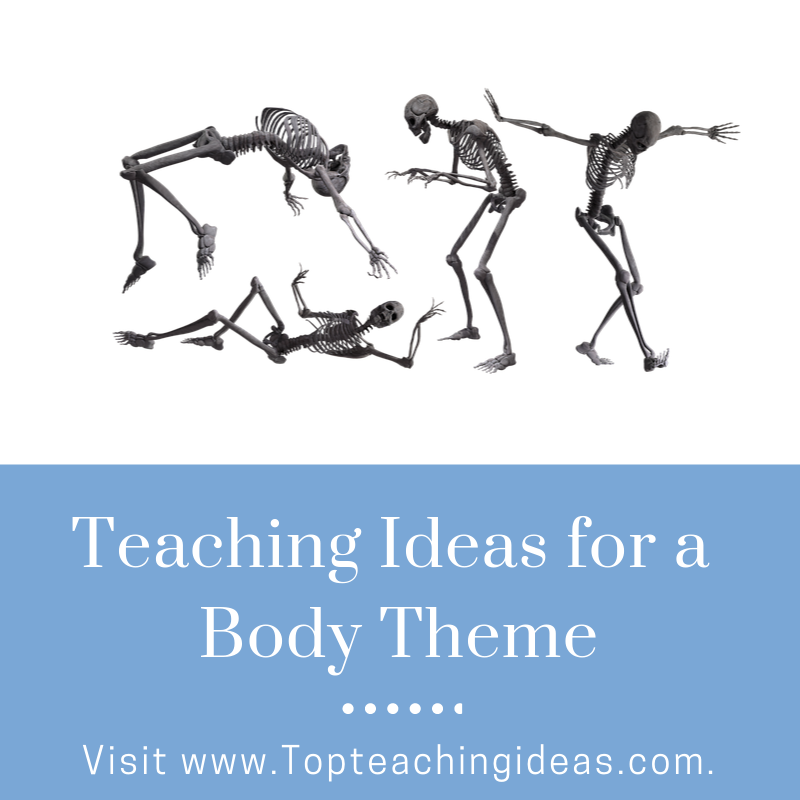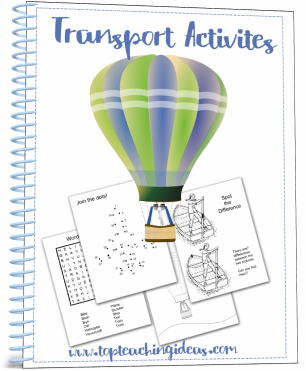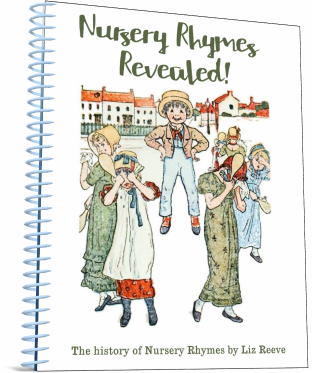Body Theme
A ' Body Theme ' for kids!
A topic full of learning activities for your pupils.
They will love discovering what happens to their cheese sandwich once it has been swallowed or how they can make their heartbeat increase by exercising. There is at least one body activity for each subject so you can use this Body Theme for a one- off or if the kids get really involved stretch it out for a week or so.
There are some great bulletin boards you can create from this topic too.
Also, don't miss the free worksheets and teaching aid!
Parts of my Body
Start your Body theme by finding out just how much your kids know about their own bodies.
Give them a simple outline of the a non specific human skeleton and ask them to label as many parts as they can think of.
[see worksheet provided below]
You might like to give younger children a sheet of appropriate words that they can cut out and stick onto the body. This is good for their cutting skills too!
Give them a 15 minute window to complete the task then go through the more unusual body parts with them and discuss their function.
Finish the lesson by singing a body-part song such as:
a. Heads and shoulders ,knees and toes, knees and toes.
b. Your head bones connected to your neck bone.
Google the words if you're not too sure or make up your own! The kids will love to help!
Here are a few more body theme songs for you to learn with your kids.
1.Do your ears hang low?
2. Put your finger on your head.
3. One finger, one thumb, keep moving.
4. If you're happy and you know it clap your hands.
5. The hokey cokey.
6. The skeleton stomp.
Literacy Body theme ideas
Who is this?
Brainstorm with the children different ways of describing a person. For example: What is their height? Are they tall medium or short? What is their build? Is it slight, average or large? What colour is their hair and what about their eye colour. Perhaps they have something about them that is particular to them like they might wear glasses or walk with a slight limp.
Now with all these ideas buzzing about their heads get them to chose a classmate and write a description of that person with as much detail as possible without saying their name or sex. Younger children might need a worksheet with the ideas written down for them. For example This person is --- [ tall medium or short ] or download worksheet.
Once again give them a time limit and then get some volunteers to read out their descriptions to the class. Can anyone guess who they are describing?
You could try this same activity with a nursery rhyme or fairy tale character.
They might need to be more explicit in their descriptions though!
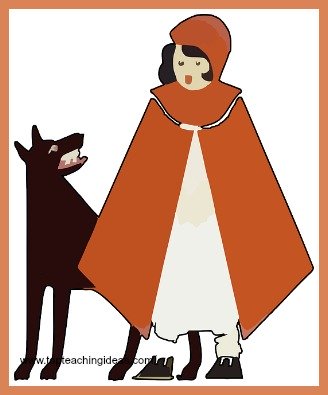
Body Parts Anagram
Check out this worksheet to test the kids on how many body parts they can recognise by unjumbling the words down the left hand side of the worksheet.You might like to give them a time limit.
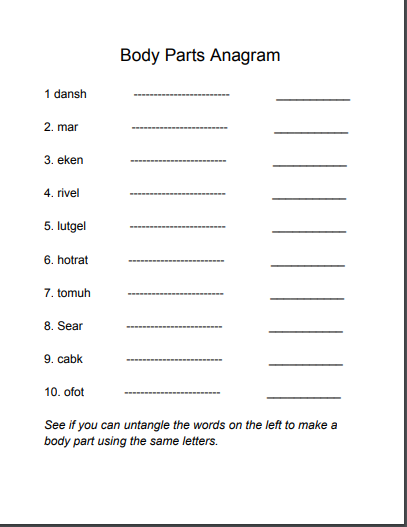
Body Puzzle
Here is another worksheet.
On the top part of the page there are 36 half words. They are all parts of the body. All they have to do is find a partner for each half word to make a body part. For example he can be joined to art to form the word heart. It might make it easier if they cut out the rectangles first!
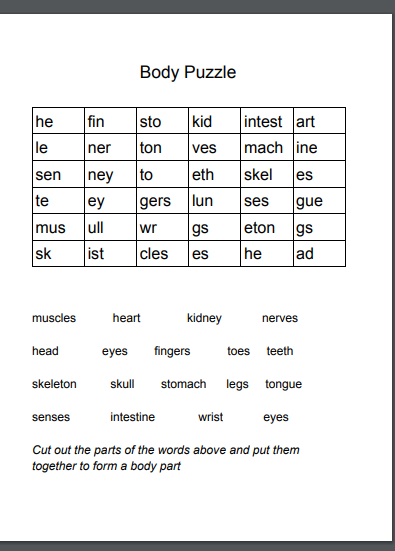
Things I can do with ---------
Discuss with the children all the things they can do with their hands and feet.
Then on a piece of paper ask them to draw round their hand.
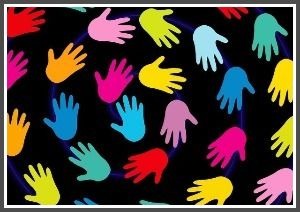
Inside the outline write all the things they use their hands for. eg: clap write draw etc.
Look on the All about me page. There are more body theme ideas and a worksheet you can use for this activity.
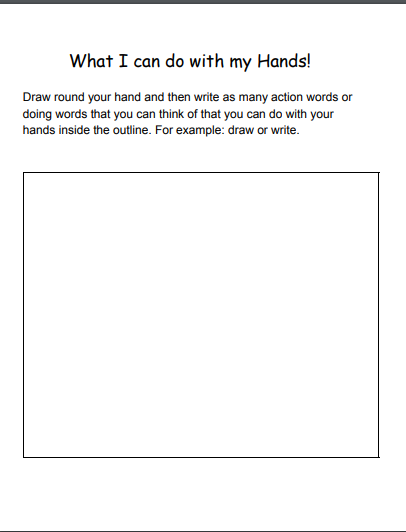
Now do the same for their feet. Perhaps just use a shoe to draw round although could be fun for young children to actually see what their feet and toes look like close up!
This would make a good wall display for your Body theme!
Body Books you might like to use for your Body Theme
1 See inside your body by Katie Daynes [ 4-10yrs ]
2. Amazing You! by Gail Saltz [ 4-7yrs ]
4. The Girl, the Bear and the Magic Shoes by J Donaldson
5. Let's Talk by Robbie H Harris [4-7yrs ]
6 Parts By Tedd Arnold [4-7yrs ]
7. Why I Sneeze, Shiver, Hiccup and Yawn by M Berger
8.The Magic School Bus [inside the human body] by J Colen
9. Hear Your Heart by Paul Showers 4-8yrs
10. Germs make me Sick by Melvin Berger 4-8yrs
Maths body theme activities
Eye Colour Chart
If you have time prepare a large bar chart [wall size] with the colours blue,grey, brown and green written along the bottom and numbers 1-20 up the left side. Then cut out a small rectangle of paper for each child.
Now the maths begins! Count, compare and discuss all the possibilities. What colour won?
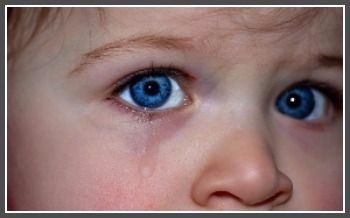
Next, ask the kids to draw and colour in their eyes on the small rectangle of paper you prepared earlier. This done, get them to stick it onto the chart.
Pulse Rate Graph
This body theme activity is meant for older kids but with a bit of planning and forethought it can be a great maths task for any age!
Before the lesson prepare a bar chart for each child with numbers of heart beats per minute running along the bottom ie: 65 70 75 80 etc up to 120 and a list of activities running up the left side. Activities can vary from the least active such as lying down to the most active such as running fast. You will have to adapt your chart to accommodate the number of tasks you want the children to do.
Now the fun begins! Explain to the kids how to take their pulses by showing them the carotid [neck] pulse and tell them they are going to investigate what happens to their heartbeat when they exercise. They can work with a partner and time each other for 1 minute doing the activities on their chart. After each task they should take their pulse reading and plot the results on their chart.
For example after lying down for 1 minute their heartbeat might be only 65 beats per minute but after jogging it should go up quite dramatically.
Afterwards discuss the results and the reasons why this should happen. Not maths but interesting!
Science Ideas
The Journey of my Sandwich
Your body changes the food that you eat into energy by sending it through the body's digestive system.
So, the sandwich you eat for your lunch starts its 3 day journey in your mouth where it gets chewed into tiny bits.
From there it travels down the gullet, a long thin tube, into the stomach.
In the stomach it is churned around and mixed up with the juices that live there to become a sort of soup like substance.
Your sandwich's last stop is the small intestine. This is a long thin tube, curled round and tucked inside your large intestine. This tube, if straightened out, is about as long as a bus. In here it is mixed with more digestive juices and seeps through the walls of the small intestine into your bloodstream.
Any food bits that cannot be digested are pushed into the large intestine and discarded when you go to the bathroom.
Any water that is not needed is turned into 'urine' in your kidneys and stored in your bladder until it too gets discarded when you go for a 'wee'!
You might wonder how your sandwich moves through all these tubes. Well -------- it doesn't slide! It is squeezed all the way down the tubes by special muscles.This is a very slow process and takes up to 3 days.
Did you know? When you hear your tummy rumbling it is the food and air being squeezed along one of the digestive tubes!
Read or tell the story of the food journey.
Get them to point to the various parts of the body involved in the sandwich's journey.[Click here to print free poster.]
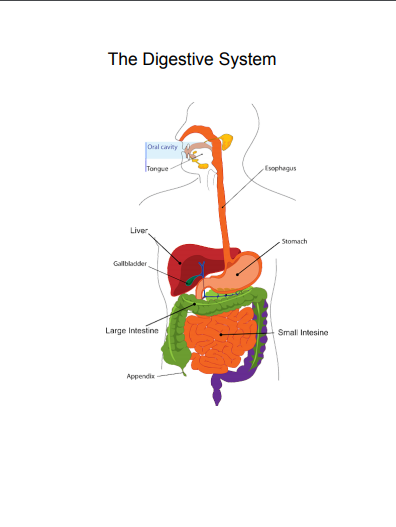
Then print out the worksheet showing the digestive system and challenge the kids to cut out the labels and stick them onto the relevant places on the body.There are 2 pages to download. One with the image and one with the words.
They might like to investigate some more, using the internet and write down some interesting facts that they discover.
Muscle Squeeze
They will love this!
You will need some old tights or stockings cut into 12'' lengths. Or, if you prefer, some old children's socks with the toe end cut off.These will be your digestive tubes.
You will also need some playdoh or similar[ a tennis ball would also work] to act as the food.
Then you simply put a large lump of the playdoh in one end of the sock/tight and use your hand to squeeze down the playdoh down the tube like the muscle does with the food in the gullet.
Art and Crafty Body Theme Activities
Bones, Bones Bones!
Tell the kids their bodies are made up of more than 200 bones.
Bones stop your body collapsing and hold it upright.
Bones are held together by strong stretchy material called ligaments.
|
Now show them a picture of the human skeleton [You might like to use the worksheet provided for the first task for this ] Explain that they are going to put together their own version with craft straws. They might like to draw the skull rather than try and make it with straws, When they are happy with the result they can glue it down. You can do the same activity with pasta shapes. A bit more difficult to stick though! These look great displayed on a bulletin board too! |
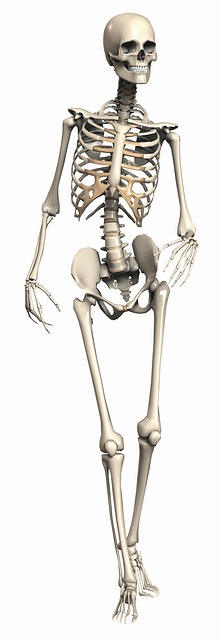 |
Picasso Portrait Kid's Style!
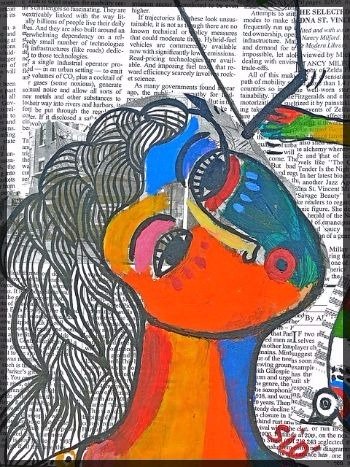
Show the children one of Picasso's portraits. Discuss style and effect then challenge them to paint their own portrait. You'll be surprised by the results!
Make a puppet and perform a puppet show.
Read the traditional story of the Hairy Toe to the kids, putting as much expression in as possible to heighten the suspense!
Then give them the task of making a moving puppet of the old woman and the hairy toe [obviously the toe doesn't have to move, but it must look big and scary!] My kids worked in pairs and even made their own version of a puppet theatre. [We hadn't got one] The freer the reign you give them the more imaginative they become ! Trust me!
It will offer the opportunity for a bit of technology too in joining the body parts together with a 'joint' to allow them to move. You will need some paper fasteners for these.
This is your learning objective! To make a puppet with moving parts!
Body Theme Jokes
What did the skeleton order for dinner?
Spare ribs!
What do you call a skeleton who won't work?
Lazybones!
How do you make a skeleton laugh?
Tickle his funny bone!
Why is your nose in the middle of your face?
Because it's the scenter!
Why didn't the skeleton cross the road?
It didn't have the guts!
What has no fingers but many rings?
A tree!
What has a bottom at the top?
Your leg!
These are just a few to start you off. I'm sure your kids can think of many more!
Fascinating facts about the body
Surprise your kids with some fascinating body theme facts!
Hiccups are the sound of your voice box closing suddenly.
When we say 'My food has gone down the wrong way' It is true! It has gone down the windpipe instead of the gullet!
Did you know that your heart beats about 70 beats per minute?
Tears are made under your top eyelids.
Every time you blink tears wash your eyes to clean them.
A human's ears and nose never stop growing
Within 3 days of dying the enzymes that digest a person's food will start to digest their body urg!
The human skeleton renews itself every 10 years.
The tongue, like fingerprints, has its own unique print
A human sneeze can travel at 100 mph or more!
Perhaps your class can find some more fascinating facts about the body and write them on a large sheet of paper to put on the wall.
Happy searching!
I do hope you have found one or two body theme activities that has stimulated your children, even if it was only the joke section. For some more body theme ideas go to my 'All about me' page or my Food Teaching Theme page. Thank you for visiting my site!
Welcome!
Need inspiring teaching ideas? You have come to the right place.
